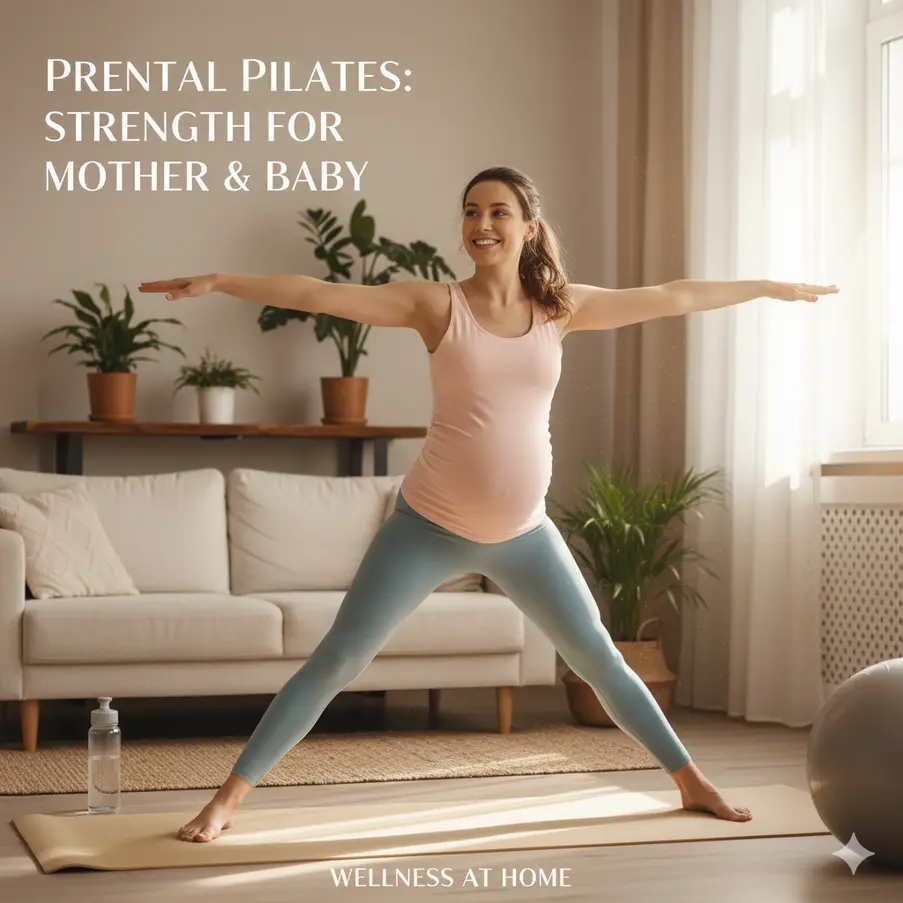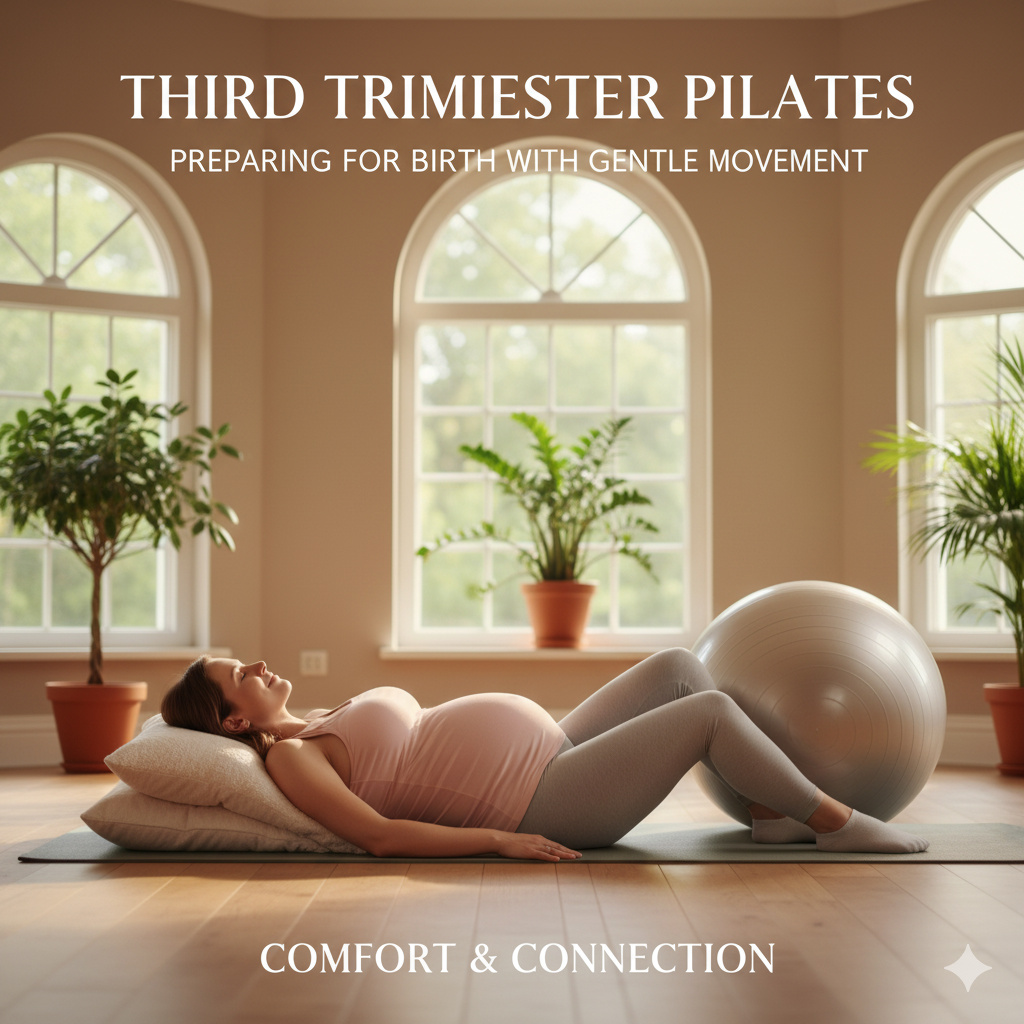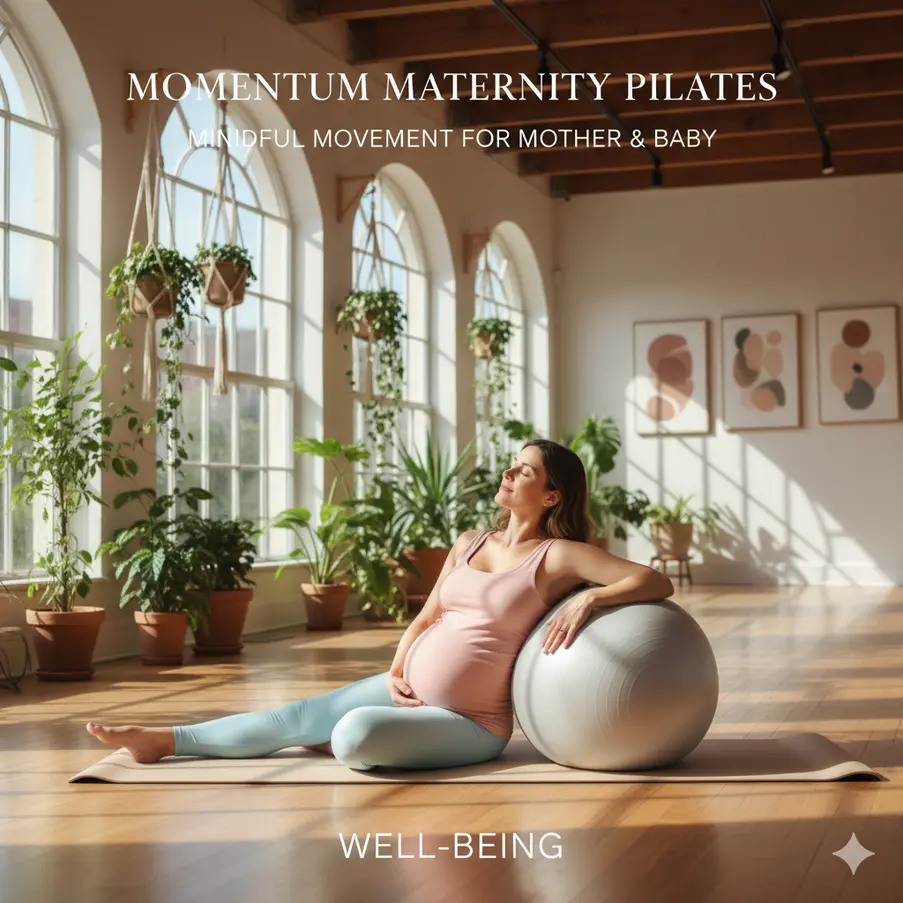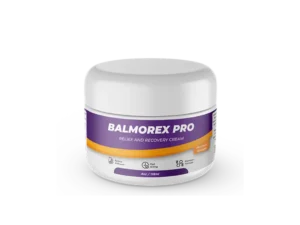Pilates Routines for Pregnant Women
Introduction
Pregnancy is a transformative journey that brings many physical and emotional changes to a woman’s life. During this period, maintaining a safe and healthy exercise routine is essential not only for the mother’s well-being but also for the baby’s development. Among the many forms of prenatal exercise, Pilates has gained popularity as a gentle yet effective method for supporting the body throughout pregnancy. Its focus on controlled movements, posture alignment, and mindful breathing makes it one of the safest fitness practices for expectant mothers.
Pilates routines can be easily adapted for every stage of pregnancy. Whether in the first trimester, when the body is beginning to adjust, or in the later stages, when balance and mobility may be more challenging, Pilates offers versatile exercises tailored to these unique needs. Unlike high-impact activities, Pilates emphasizes low-intensity movements that build strength, improve circulation, and reduce discomfort such as back pain and swelling.
Another significant advantage is its role in preparing women for labor. Breathing techniques and pelvic floor strengthening, two core elements of Pilates, can support relaxation during childbirth and enhance postpartum recovery. Additionally, the mind-body connection encouraged in Pilates promotes mental clarity and stress relief, helping mothers-to-be stay calm and positive.
This article will guide you through the benefits of Pilates for pregnant women, safety precautions to keep in mind, and trimester-specific routines designed to promote health and comfort. You’ll also find tips for practicing Pilates at home, suggestions for using safe equipment, and insights into how mindfulness and breathing play an important role during pregnancy. By following these routines and recommendations, expectant mothers can experience a smoother, healthier pregnancy while preparing their bodies and minds for the arrival of their baby.
Benefits of Pilates for Pregnant Women

Pilates offers a wide range of physical and emotional benefits that make it an ideal form of exercise during pregnancy. Unlike high-impact activities, it focuses on slow, controlled movements that are safe for both the mother and the baby when performed correctly. These benefits extend across posture, strength, flexibility, and even mental well-being.
One of the most significant advantages is the improvement of posture. As pregnancy progresses, the growing belly shifts the center of gravity and often leads to lower back pain. Pilates routines help realign the spine, strengthen the back muscles, and reduce pressure on the pelvis. This makes everyday movements more comfortable and reduces discomfort.
Another essential benefit is flexibility and mobility. Pregnancy can cause stiffness in the hips, legs, and lower back due to hormonal changes and weight distribution. Gentle stretching in Pilates helps maintain mobility, improves circulation, and reduces swelling in the feet and legs. This not only eases physical discomfort but also supports smoother movement in daily life.
Strengthening the pelvic floor and core is another vital aspect. A strong pelvic floor can reduce urinary incontinence, provide better support for the growing baby, and enhance recovery after childbirth. Core exercises, when modified safely, also help stabilize the body and prevent excessive strain on the back.
Beyond the physical aspects, Pilates supports mental health. The mindful breathing techniques practiced in Pilates encourage relaxation, lower stress levels, and foster a positive emotional state. Many women also find that Pilates helps them connect more deeply with their bodies and their babies during pregnancy.
In summary, the benefits of Pilates for pregnant women include improved posture, reduced pain, enhanced flexibility, pelvic floor and core strength, and a calmer state of mind. Together, these advantages contribute to a healthier, more comfortable pregnancy and prepare mothers for labor and postpartum recovery.
Safety Guidelines Before Starting Pilates in Pregnancy
Safety is the most important consideration when practicing Pilates during pregnancy. While the method is gentle and adaptable, expectant mothers need to follow specific guidelines to ensure that the exercises provide benefits without risk. Every pregnancy is unique, so modifications and mindful practices are essential.
The first step before beginning any Pilates routine is consulting a healthcare provider. A doctor or midwife can determine if Pilates is safe for each woman’s health condition and stage of pregnancy. Women with high-risk pregnancies or medical complications should receive personalized advice or avoid certain exercises altogether.
Another important guideline is making trimester-based adjustments. During the first trimester, most Pilates moves can be performed with only minor modifications. However, in the second and third trimesters, lying flat on the back for long periods should be avoided, as it can restrict blood flow. Exercises that require deep twisting, strong abdominal crunches, or intense balance challenges should also be skipped.
Breathing techniques are fundamental in prenatal Pilates. Expectant mothers should practice slow, controlled breathing to promote relaxation and proper oxygen flow to the baby. Holding the breath should be avoided at all times. Instead, exercises should flow naturally with inhalations and exhalations, reducing tension and maintaining stability.
Listening to the body is another crucial safety rule. Fatigue, dizziness, pain, or discomfort are clear signals to stop or modify an exercise. Hydration, comfortable clothing, and a supportive mat or Pilates equipment also contribute to a safe practice.
Finally, working with a certified Pilates instructor trained in prenatal fitness can make a significant difference. Instructors can guide mothers through safe routines, provide suitable modifications, and ensure correct posture and form.
By following these safety guidelines—consulting a doctor, making trimester adjustments, focusing on breathing, and respecting the body’s limits—pregnant women can enjoy the many benefits of Pilates in a secure and supportive way.
First Trimester Pilates Routines
The first trimester is a time of major adjustment for the body as it begins to nurture new life. While many women may not yet show visible changes, fatigue, nausea, and hormonal shifts are common. Pilates during this stage should focus on gentle movements that boost energy, reduce tension, and create a strong foundation for the months ahead.
A good routine starts with light warm-up stretches. Simple shoulder rolls, neck stretches, and gentle spinal mobility exercises help release tension and prepare the body. These movements also improve posture, which is crucial as hormonal changes begin to affect joints and ligaments.
Core activation is safe in the first trimester when performed in a controlled and modified way. Exercises such as pelvic tilts and seated spine alignment help strengthen the deep abdominal muscles without placing pressure on the belly. These foundational movements support the back and prepare the pelvic floor for future changes.
Balance and stability exercises can also be included at this stage. Standing leg lifts or modified side stretches help strengthen the hips and legs while improving circulation. Since the risk of falls is lower in early pregnancy, women can safely perform these movements with mindful attention to posture.
Breathing and relaxation techniques are equally important. Controlled inhalations and exhalations not only reduce stress but also introduce mothers to breathing patterns they may later use during labor. A short five-minute breathing sequence at the end of each session helps calm the nervous system and encourages mental clarity.
Overall, first trimester Pilates routines should remain light, refreshing, and supportive. The goal is not to push physical limits but to establish healthy habits that can be adapted throughout pregnancy. By focusing on gentle strength, posture, and breathing, women can begin their prenatal fitness journey safely and with confidence.
Second Trimester Pilates Routines
The second trimester is often described as the most comfortable stage of pregnancy. Energy levels tend to rise, morning sickness may decrease, and many women feel more capable of maintaining a consistent exercise routine. However, as the baby grows, the body begins to experience noticeable changes in balance, posture, and mobility. Pilates routines in this stage should focus on supporting the spine, strengthening major muscle groups, and adapting positions for comfort and safety.
One of the key priorities during the second trimester is posture support. Standing Pilates exercises, such as wall-assisted squats or gentle side leg lifts, help maintain stability while strengthening the legs and hips. These movements improve circulation and reduce swelling in the ankles and feet, which is common as pregnancy progresses.
Modified mat exercises are still safe but should be adjusted to accommodate the growing belly. Side-lying positions become particularly beneficial, allowing expectant mothers to strengthen the glutes and outer thighs without putting pressure on the abdomen. Gentle pelvic floor contractions and seated spine stretches can also be incorporated to ease tension in the lower back and hips.
Arm and shoulder exercises can be introduced to build upper body strength. Using light resistance bands or simply performing controlled arm circles improves circulation and prepares the body for the physical demands of carrying and nursing the baby later on.
Breathing exercises remain essential, not only for relaxation but also for oxygenating both mother and baby. Practicing slow, rhythmic breaths during movements promotes calmness and improves endurance.
Overall, second trimester Pilates routines should combine posture-focused exercises, gentle strength training for arms and legs, and mobility work for the hips and back. This stage is about maintaining energy, preventing discomfort, and preparing the body to carry the baby more comfortably into the final months of pregnancy.
Third Trimester Pilates Routines

The third trimester is often the most physically demanding stage of pregnancy. As the baby continues to grow, women may experience fatigue, swelling, back discomfort, and reduced mobility. At this stage, Pilates routines should be low-intensity, highly adaptable, and focused on comfort, relaxation, and preparation for labor. The main goals are maintaining mobility, easing muscle tension, and supporting both the pelvic floor and breathing.
Low-impact movements are the foundation of third trimester Pilates. Gentle seated or side-lying exercises help strengthen the legs and hips without causing strain. Small, controlled leg lifts or supported stretches on a Pilates ball can improve circulation and relieve swelling in the lower limbs.
Pelvic floor strengthening remains a priority. Gentle contractions and relaxations, often called Kegel-inspired exercises, prepare the body for childbirth and aid in postpartum recovery. These can be practiced in seated or kneeling positions, ensuring comfort and safety.
Breathing techniques take on greater importance during this stage. Controlled, diaphragmatic breathing not only helps manage stress and discomfort but also trains mothers in relaxation methods useful during labor. Exercises can end with guided breathing sessions combined with gentle stretches, leaving the body and mind calm.
Mobility routines should be gentle and focused on reducing stiffness. Side stretches, supported cat-cow movements, and seated spine rotations with a Pilates ball can provide relief for the back and improve flexibility without overexertion. Wall-supported exercises are also useful for maintaining balance and stability as the body’s center of gravity continues to shift.
Above all, third trimester Pilates should emphasize comfort and self-care. Movements must always be performed at a slow pace, with modifications as needed. By prioritizing relaxation, gentle mobility, and pelvic floor health, these routines help expectant mothers stay active, reduce discomfort, and mentally prepare for childbirth.
Pilates Equipment for Pregnant Women
While many Pilates exercises can be performed on a mat, adding simple equipment can provide extra comfort, support, and effectiveness for pregnant women. The right tools not only make movements safer but also help adapt routines to the body’s changing needs during pregnancy.
One of the most beneficial pieces of equipment is the Pilates ball, also known as a stability or exercise ball. This versatile tool provides support for the back and hips, allowing expectant mothers to perform seated exercises safely. Gentle pelvic tilts, supported stretches, and hip circles on the ball relieve lower back pain and prepare the pelvic area for childbirth. The ball can also be used during breathing exercises, encouraging relaxation and proper posture.
Resistance bands are another excellent option. They are light, safe, and adaptable to all stages of pregnancy. Using bands for arm and leg exercises helps maintain muscle tone without the strain of heavy weights. Controlled movements with bands also improve circulation and support the joints, which can become more flexible due to pregnancy hormones.
For women who already practice Pilates, light reformer exercises may still be possible with modifications and professional supervision. Simple footwork, seated rows, or supported leg stretches on the reformer can strengthen major muscle groups while minimizing impact. However, high-intensity reformer routines should be avoided.
Chair or wall-assisted moves are also very practical. Using a sturdy chair for balance or a wall for support ensures stability during standing exercises, especially in the later stages of pregnancy when balance becomes more challenging.
The key to using Pilates equipment safely is moderation and proper guidance. Expectant mothers should always prioritize comfort, avoid overexertion, and consult with instructors experienced in prenatal training. With the right tools, Pilates equipment enhances stability, promotes strength, and provides extra support, making pregnancy routines more effective and enjoyable.
Mental Health and Mind-Body Connection
Pregnancy is not only a physical journey but also an emotional one. Hormonal changes, anticipation, and the responsibility of nurturing new life can sometimes bring stress, anxiety, or mood swings. Pilates, with its emphasis on mindful movement and controlled breathing, plays an important role in supporting mental health and fostering a stronger mind-body connection for expectant mothers.
One of the most valuable aspects of Pilates is mindfulness. Unlike high-intensity workouts that focus purely on physical results, Pilates encourages individuals to be present during each movement. Concentrating on posture, breathing, and gentle motion allows pregnant women to slow down, tune into their bodies, and feel more connected to the changes they are experiencing. This awareness helps reduce anxiety and creates a sense of calm.
Breathing is another powerful tool in prenatal Pilates. Learning to inhale deeply and exhale slowly not only increases oxygen flow for mother and baby but also reduces stress levels. These breathing patterns are particularly beneficial in preparing for labor, where controlled breathing can help manage contractions and promote relaxation.
Pilates also encourages emotional well-being by creating moments of peace in the day. Even a short 15-minute routine can serve as a form of meditation, helping to release tension and improve mood. Many women find that these mindful sessions provide an opportunity to connect with their babies, enhancing the emotional bond before birth.
In addition, practicing Pilates regularly builds self-confidence. As mothers strengthen their bodies, improve posture, and gain mobility, they often feel more in control of their pregnancy experience. This empowerment contributes to a positive mindset, which is just as important as physical health.
In summary, Pilates supports mental well-being by promoting mindfulness, stress relief, and emotional balance. It strengthens the connection between mind and body, helping women embrace pregnancy with confidence and calm.
Tips for Practicing Pilates at Home During Pregnancy
Practicing Pilates at home during pregnancy can be both convenient and effective, provided safety and comfort are prioritized. Home routines allow expectant mothers to maintain regular exercise while adjusting sessions to their energy levels, trimester, and available space. Following some essential tips ensures a safe, enjoyable, and productive practice.
First, setting up a safe and comfortable space is crucial. A non-slip mat on a flat surface, ample room to stretch, and supportive props such as pillows or a Pilates ball can prevent injuries and enhance comfort. Good lighting and ventilation also contribute to a pleasant exercise environment.
Following guided videos or online classes designed specifically for prenatal Pilates is highly recommended. Certified instructors demonstrate proper form, offer modifications, and provide guidance for different trimesters. This ensures exercises are performed safely and effectively. Avoid following generic or advanced Pilates routines that are not tailored for pregnancy.
Listening to the body is vital. Pregnant women should stop immediately if they feel dizziness, discomfort, or pain. Modifications such as reducing range of motion, using props for support, or performing movements while seated or side-lying can help maintain safety without compromising benefits. Staying hydrated and wearing breathable, comfortable clothing also supports the body during practice.
Consistency is more important than intensity. Short, regular sessions of 15–30 minutes are often more beneficial than long, strenuous routines. Combining Pilates with gentle walking, stretching, or yoga enhances overall flexibility, circulation, and mental well-being.
Finally, maintaining awareness of breathing and posture throughout each session enhances the benefits of Pilates. Mindful breathing promotes relaxation, increases oxygen flow for both mother and baby, and reinforces the mind-body connection essential during pregnancy.
By creating a safe environment, following guided routines, listening to the body, and prioritizing consistency, expectant mothers can practice Pilates at home safely. These routines help maintain strength, flexibility, and mental calmness, contributing to a healthier and more comfortable pregnancy.
Conclusion
Pilates is a versatile and effective form of exercise that supports expectant mothers throughout all stages of pregnancy. From the first trimester to the final weeks, it provides numerous physical and mental benefits, including improved posture, increased flexibility, stronger core and pelvic floor muscles, reduced back and hip discomfort, and enhanced mental well-being. By focusing on controlled movements, mindful breathing, and proper alignment, Pilates helps women stay active and comfortable while preparing their bodies and minds for childbirth.
Throughout pregnancy, safety is paramount. Consulting with healthcare providers, adjusting routines according to each trimester, and listening carefully to the body ensures that exercises are performed without risk. Using safe equipment, such as Pilates balls, resistance bands, or wall supports, further enhances comfort and stability during workouts. Incorporating modifications as needed allows women of all fitness levels to enjoy the benefits of Pilates while accommodating their unique physical needs.
In addition to physical benefits, Pilates nurtures a deep mind-body connection. Mindful practice and breathing exercises promote relaxation, reduce stress, and provide a sense of calm during a period of significant emotional and physical change. This connection not only contributes to a positive pregnancy experience but also equips mothers with tools that can be used during labor and postpartum recovery.
Finally, consistency and personalization are key. Practicing short, regular sessions at home or with guidance from a certified instructor ensures that Pilates becomes a sustainable and enjoyable part of a prenatal routine. By embracing Pilates safely and mindfully, pregnant women can support their health, comfort, and well-being, creating a strong foundation for a smoother pregnancy, a more confident birth experience, and a faster postpartum recovery.
Pilates is more than an exercise—it is a holistic approach to nurturing the body, mind, and spirit during one of life’s most transformative journeys.
Do you know Review Ozelyt CS 20b?
Click here to get discount









$ 79,00Original price was: $ 79,00.$ 39,00Current price is: $ 39,00.$ 79,00Original price was: $ 79,00.$ 39,00Current price is: $ 39,00.$ 79,00Original price was: $ 79,00.$ 49,00Current price is: $ 49,00.$ 59,00Original price was: $ 59,00.$ 39,00Current price is: $ 39,00.